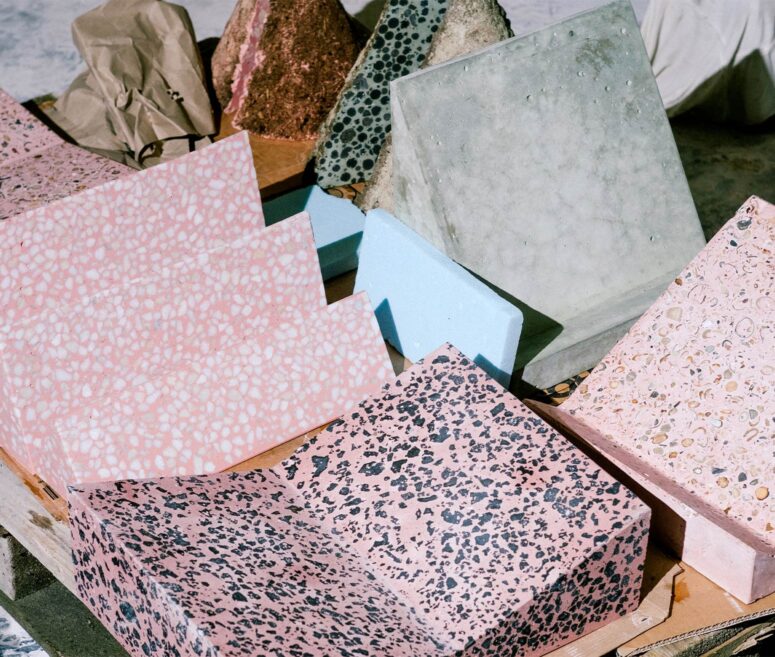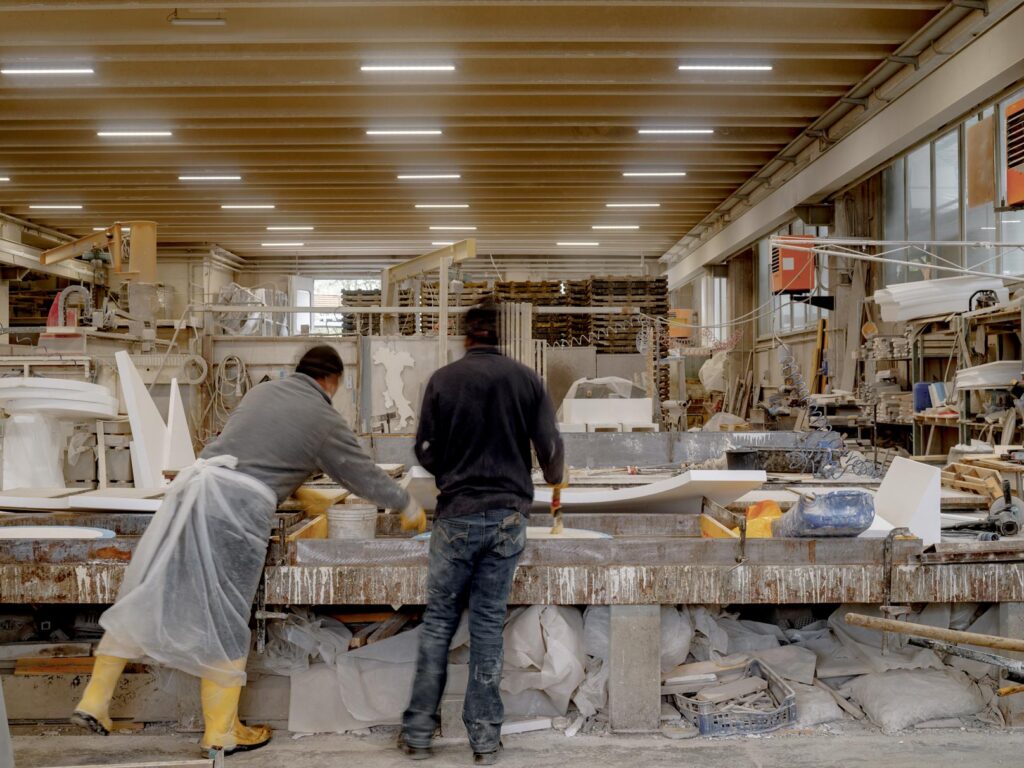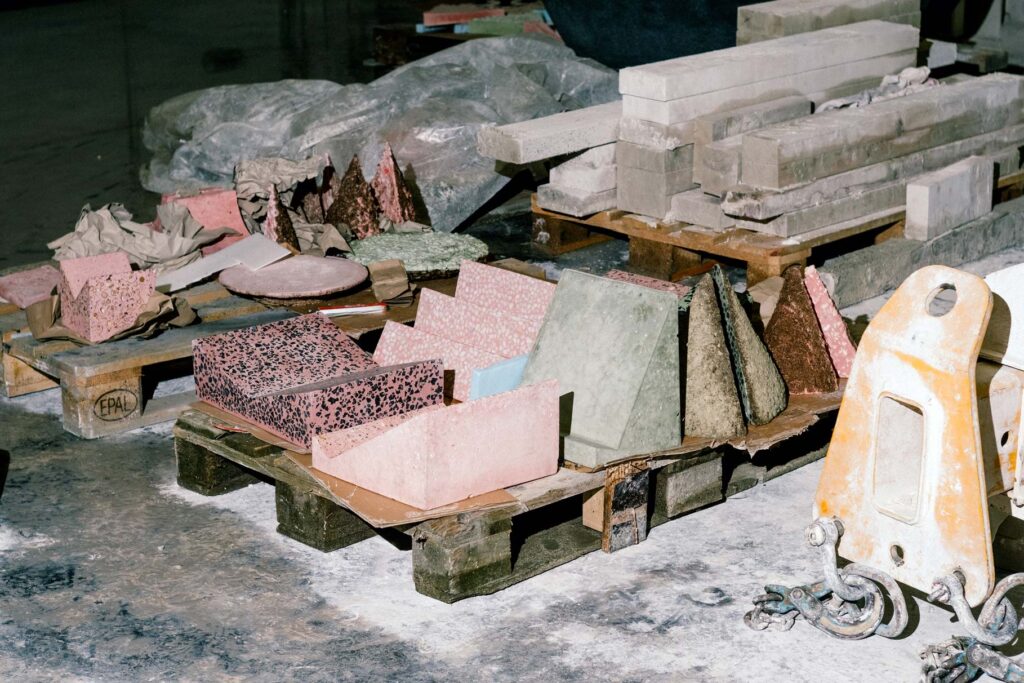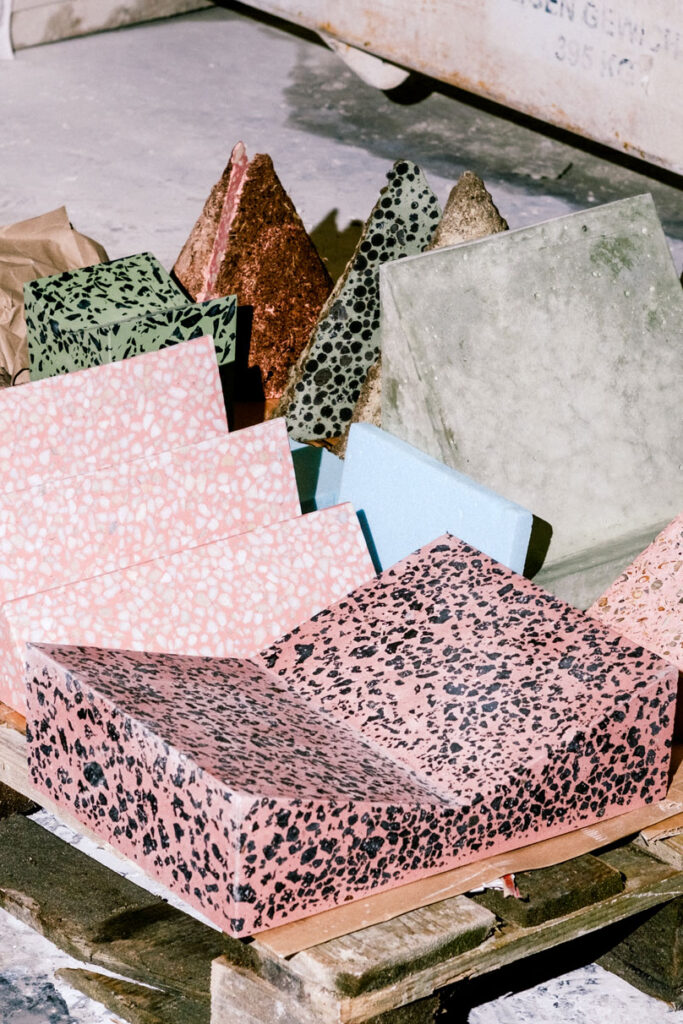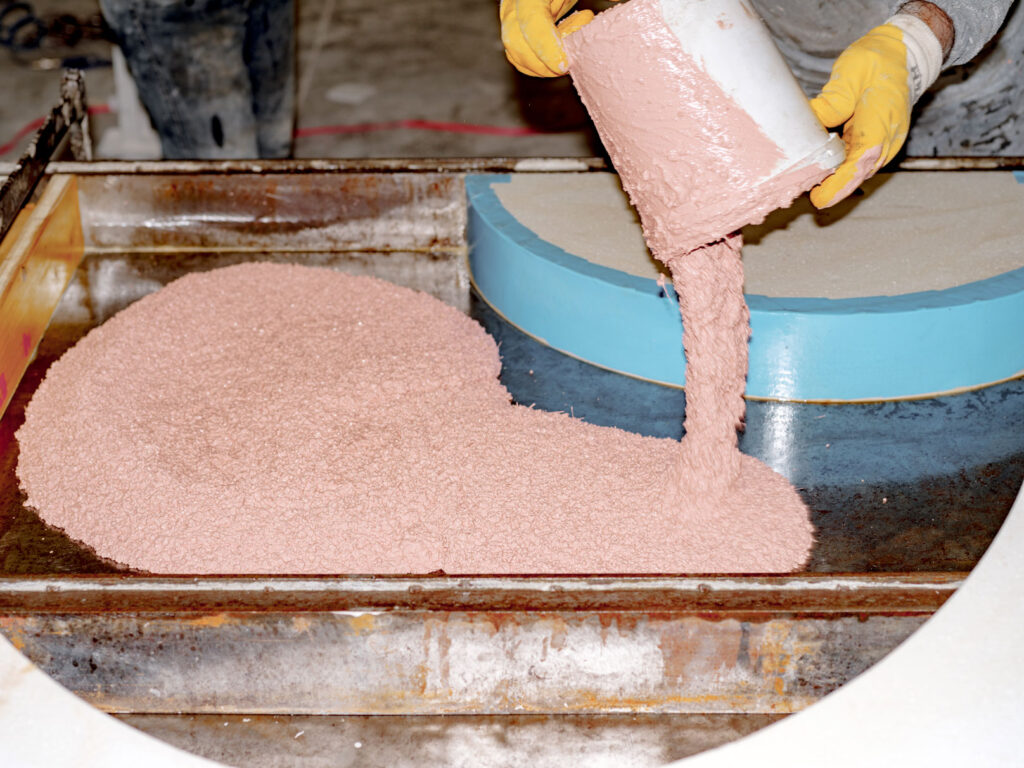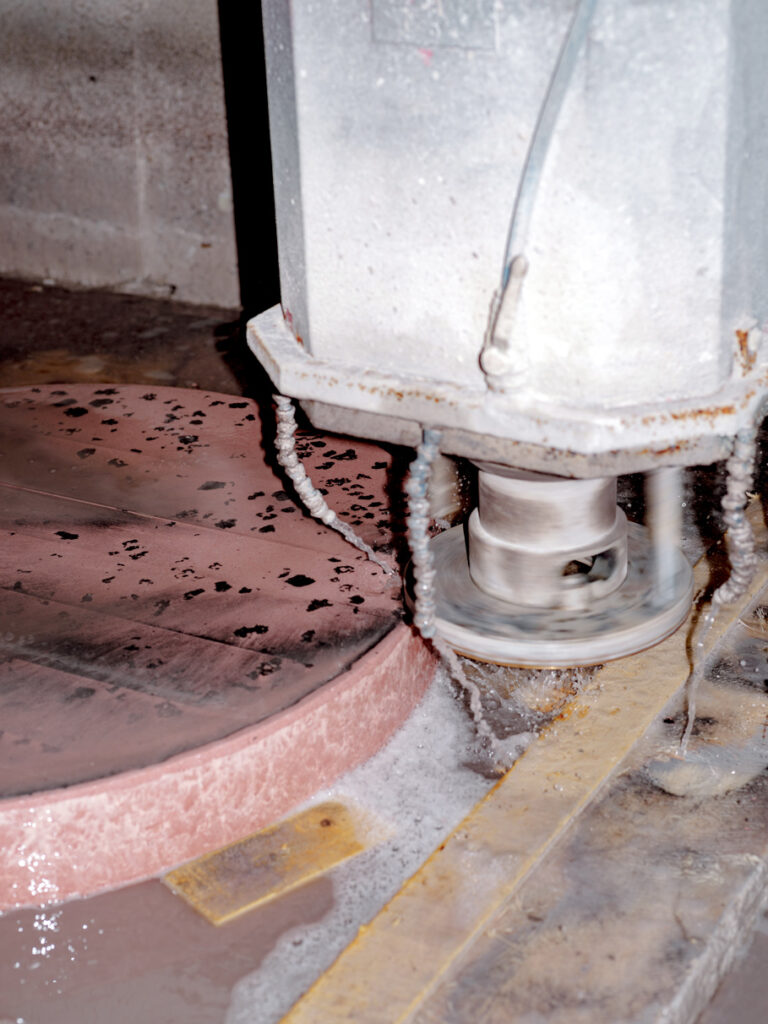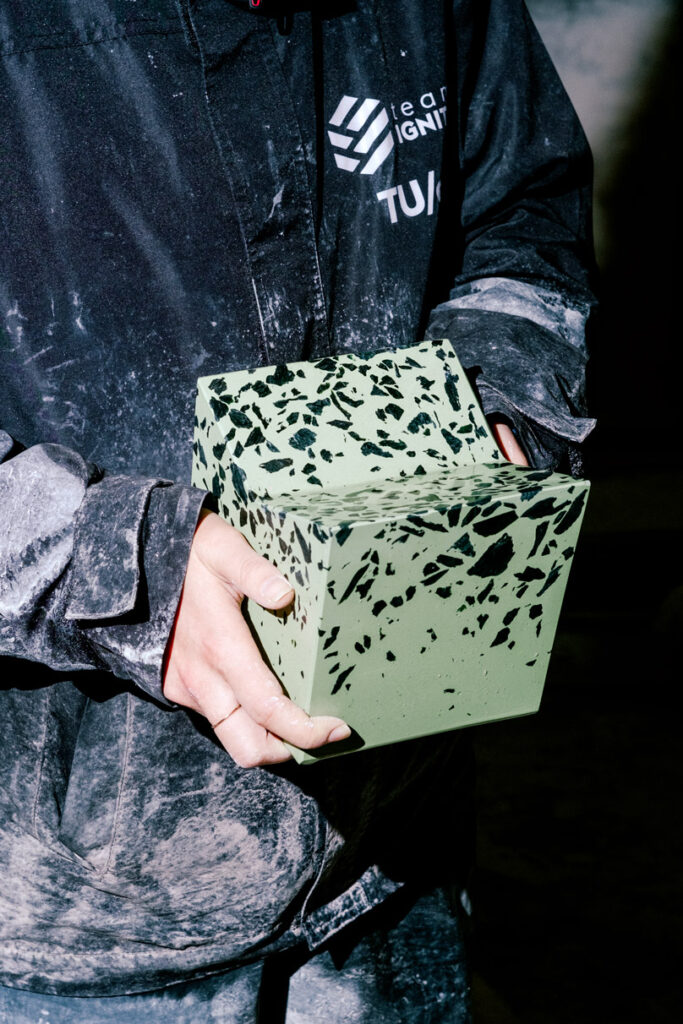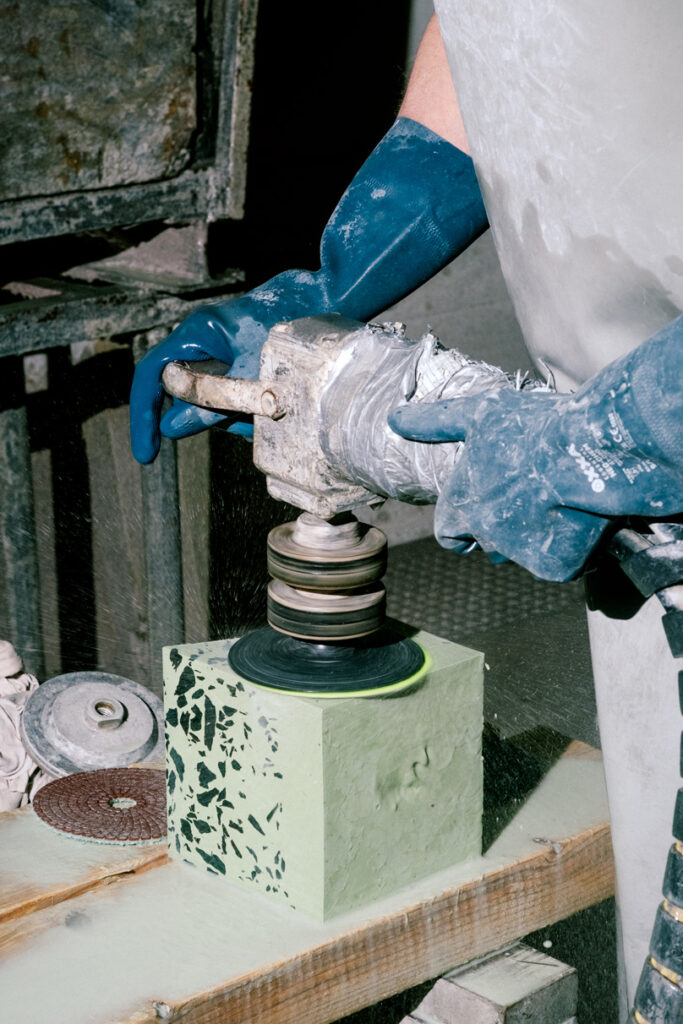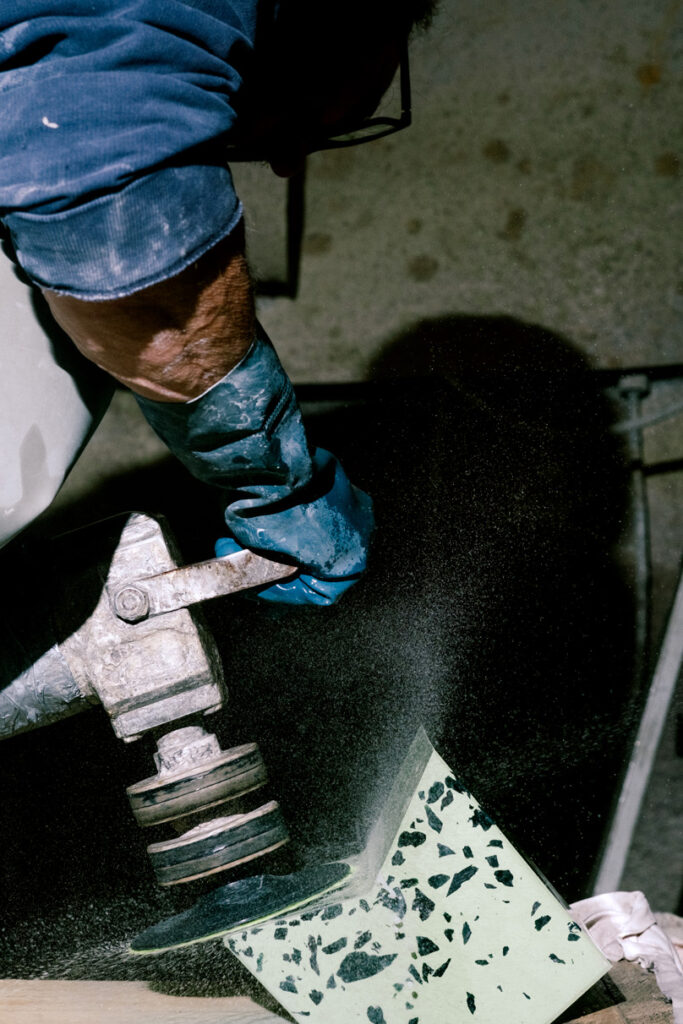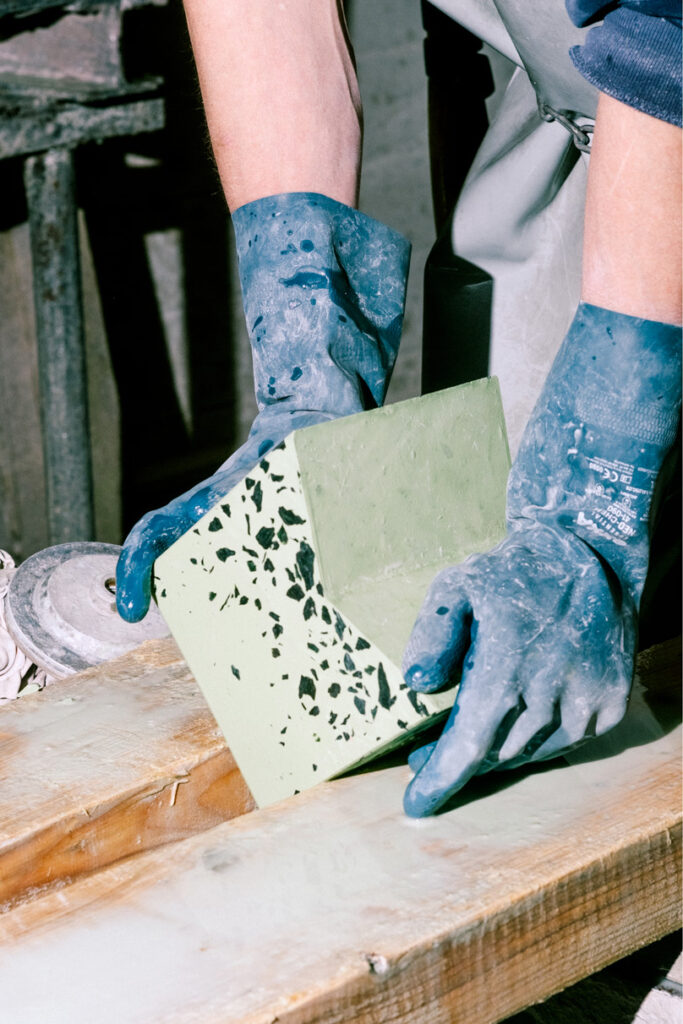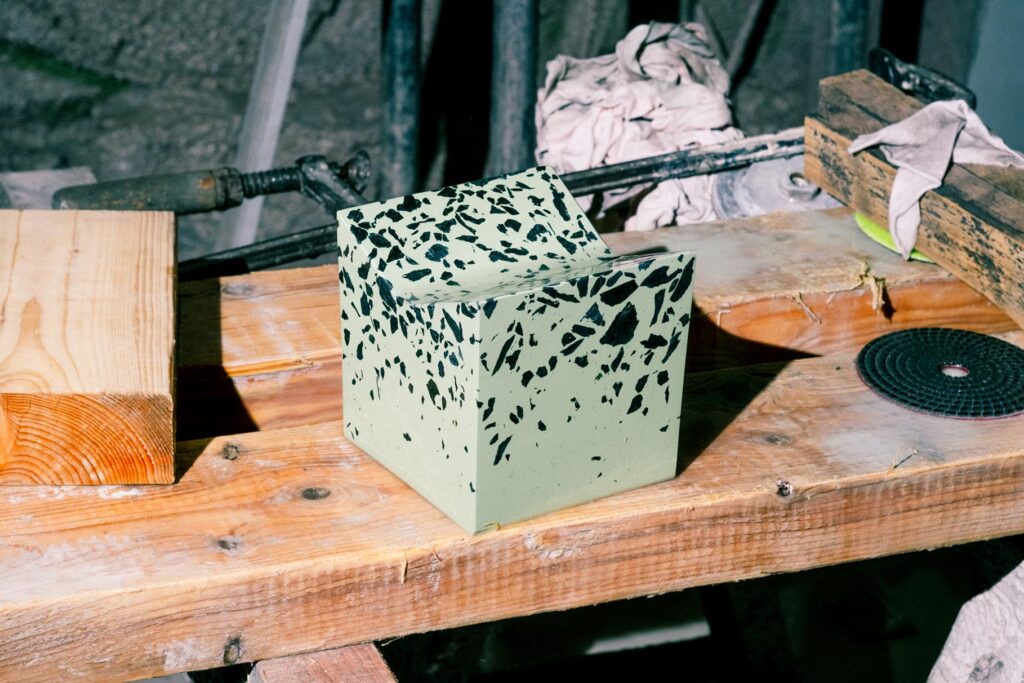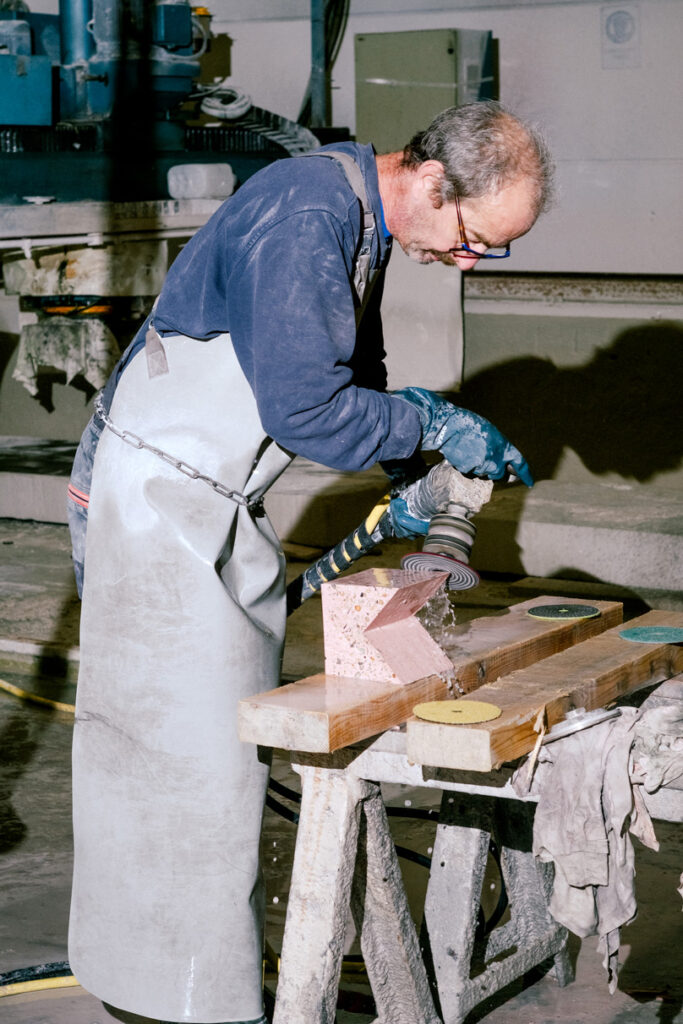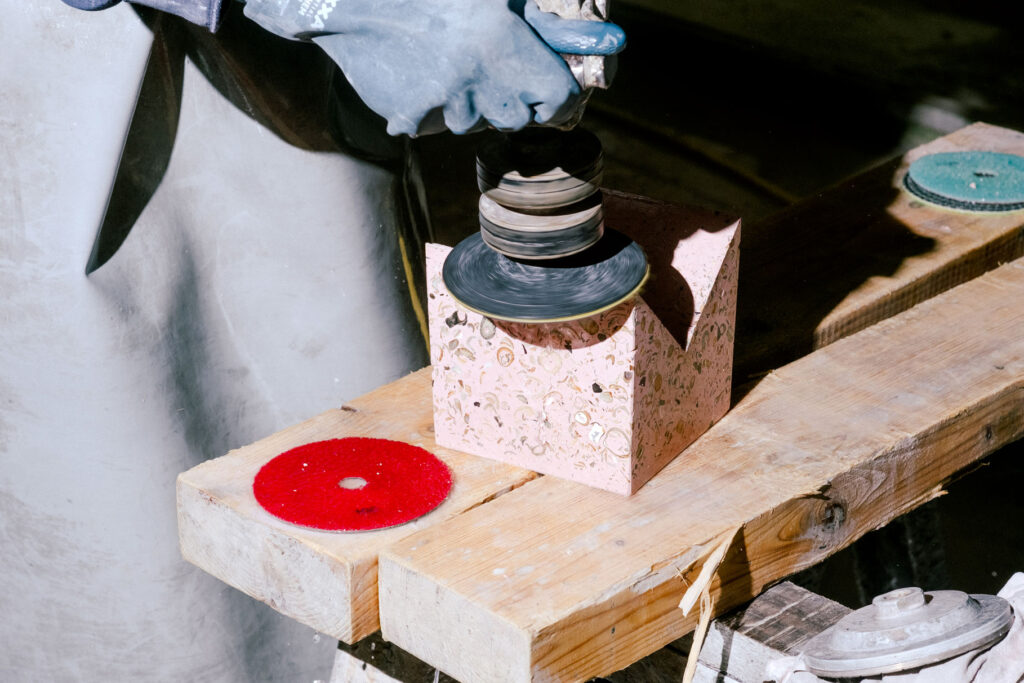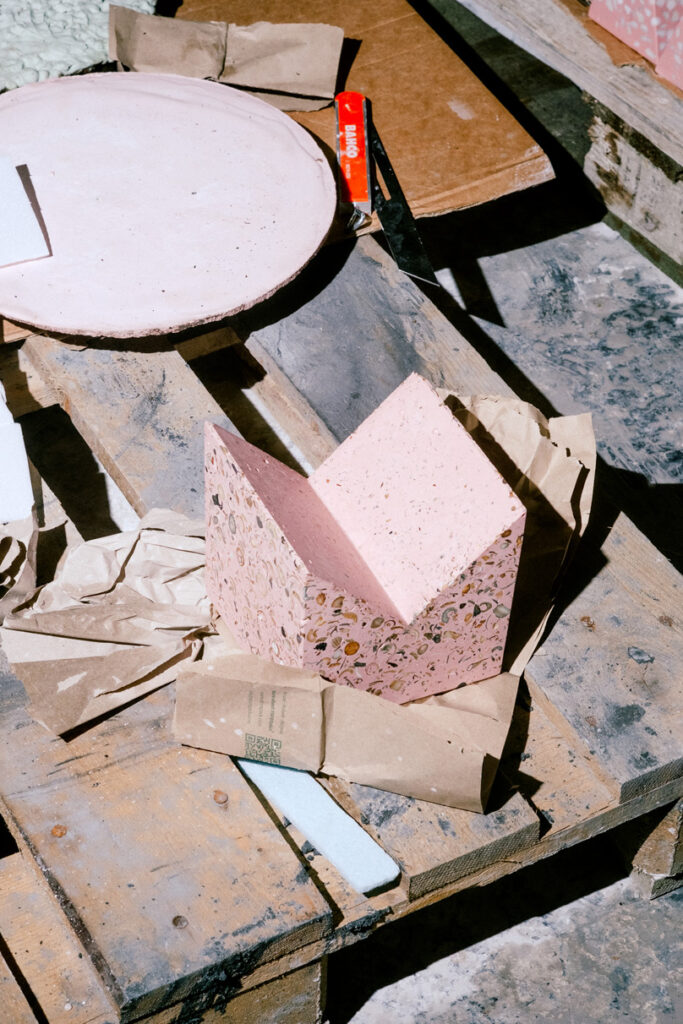In his book A Sand County Almanac, published posthumously in 1949, the American ecologist, conservationist and philosopher Aldo Leopold developed an idea that today has proved decisive in establishing new forms of environmental balance between anthropogenic transformation and ecosystems, leading to a broader vision that goes beyond anthropocentrism: the land ethic.
“The land ethic sees the individual as a member of a community of interdependent parts. […] the land ethic simply expands the boundaries of the community to include soil, water, plants and animals or, in one word, the earth.”
The land ethic should thus also include the relationships between humans and non-human beings.
Today, the act of dwelling, building, and designing is a process in which human beings create and interact with their environment, constantly shaping and reinterpreting the reality around them. Human action constantly challenges the notion of a clear separation between the natural environment and human intervention. The very concept of ‘nature’ is deeply influenced and shaped by human activity, eventually becoming a hybrid entity that incorporates both natural and manmade elements. The contemporary landscape is not simply the result of interaction between nature and human activities, but rather a direct product of human intervention on the land. Human beings are natural entities, yet their ability to consciously act and transform their surroundings through the use of technique blurs the line between nature and artifice.
“Ossidiana” (obsidian) is a natural stone, formed by a volcanic process of rapid lava cooling. Its shape and crystalline structure make it akin to glass, thus likened to an artificial product. It is the result of a transformation, a material metamorphosis, just as Studio Ossidiana—hence the name—seeks to emulate in its work through the manipulation and reinterpretation of materials, such as cement, the primary material for many of their interventions. It becomes a medium for shaping reality, a ductile substance that, through a process of transformation, solidifies into architectural forms.
Credits: Photo Riccardo De Vecchi
Following this introduction are five questions to Giovanni Bellotti and Alessandra Covini, founders of Studio Ossidiana.
How would you describe the typical situation leading up to the elaboration of a project? What phases are most recurrent in the project elaboration process?
When we embark on a new project, we usually begin with archetypes such as the mat, the platform, the fence, the garden, the map, or the field. These help us understand and respond to the context, be it a territory or an interior, and we initiate a dialogue with the place. The Massi Erratici project began by looking at the topography of the Bergamo area and the traces of centuriation—a subdivision still visible, transformed by use over the centuries, yet often still legible as a principle of landscape and infrastructure organization. We began to imagine designing interiors as if they were a map, in which fragments of the historical and contemporary landscapes—such as hills, piles of material, quarries—become patterns that begin to move in space. For us, the materiality of design is often a tool to tell the story of the territory and its stories. In this case, Massi Erratici reflects Bergamo’s geology, characterized as it is not only by the traditional quarries of arabesque Orobic and Zandobbio stones, but also by marbles that have “migrated” from Carrara and Verona, Guatemala or Iran, and which end up in our kitchens, bars, or as façade cladding. These materials are collected in recycling centers as waste from building demolition, introducing new concepts of extraction and reuse. Industrial waste, such as that from blast furnaces, are used as new minerals, helping to create a new contemporary geology, linked not to an idealized territory but to the contemporary one, inhabited by native and non-native stones, but all part of the contemporary landscape. In time, these too will become a “local” geological layer. We believe even these scraps can be transformed into valuable materials through design and work, and the new stones for GAMeC are an invitation also to take care of these “monsters” of ours, these unwanted materials, and to conceive of the world as a garden, in which beauty is to be sought and affection shown even to what frightens us, one in which there are no “external” places where we can dump our problems, and which instead need to be “cultivated.” The project then transforms through conversations with the client and various local entities, from the demolition waste collection center, to the crushers, to the artisans, the stonemasons, the terrace builders and tilers, coming to be defined as a work of multiple authorships. These materials are collected in recycling centers as waste from building demolition, introducing new concepts of extraction and reuse. Industrial waste, such as that from blast furnaces, are used as new minerals, helping to create a new contemporary geology, linked not to an idealized territory but to the contemporary one, inhabited by native and non-native stones, but all part of the contemporary landscape. In time, these too will become a “local” geological layer. We believe even these scraps can be transformed into valuable materials through design and work, and the new stones for GAMeC are an invitation also to take care of these “monsters” of ours, these unwanted materials, and to conceive of the world as a garden, in which beauty is to be sought and affection shown even to what frightens us, one in which there are no “external” places where we can dump our problems, and which instead need to be “cultivated.” The project then transforms through conversations with the client and various local entities, from the demolition waste collection center, to the crushers, to the artisans, the stonemasons, the terrace builders and tilers, coming to be defined as a work of multiple authorships.
What do you hope communities will gain from experiencing your projects?
We hope our project Massi Erratici will be considered not as something static and unchanging, but as a dynamic entity capable of transforming over time, reconfiguring into ever new geometric and geological forms. In fact, Massi Erraticiproposes a system of shifting surfaces and volumes, akin to a large-scale tangram, where the game is not limited to children but is an invitation also for adults, visitors and curators to imagine the space, to redesign it, and perhaps add new pieces in the future. The backgammon and chess tables foster games between strangers; the sculptural bookmarks encourage reading as well as celebrating the book as an object; the lecterns on the terrace invite each guest to become a curator, suggesting readings and texts to future visitors. We thus hope the community will begin to see waste materials from ‘urban quarries’ as valuable materials suitable for domestic or city use, and that the dismantling of buildings or interiors will be seen as opening up a world of possibilities, as a mine of materials for redeployment. Above all, it is an invitation to think of each project as belonging to different scales of space and time, an everyday made up of minor rituals, of moving pages and objects, a seasonal dimension made up of larger movements, of curating. In this case, it concerns the minor migration of objects within GAMeC and shortly afterwards, to its new location, but also part of a geological flux, extending far beyond our lives, destined to be transformed like a new geology.
And what, instead, do you hope they will unlearn from you? Is there a particular ideology you’re hoping to dismantle?
We hope that the attitude of always having to constantly resort to the “new” will be overcome, thinking instead of projects as if they were gardens, as spaces to be cared for and maintained, in which authorship is continually manifested, well before and well after the work of the architect or designer. Gibson speaks of an “architecture of care” as a paradigm for an architecture of the future, an architecture that can change with time, with the seasons, made from local materials. We would like the fear of the future to be transformed into a desire for love, care, and coexistence. There are many reasons to fear the future, but we believe fear generates projects that are themselves fearsome or fearful, often very conservative, projects that try to simplify the world by generating new forms of violence. The idea of “loving the monsters we have created,” as introduced by Latour, invites us to begin to see our discards, the “unwanted creatures,” for example, the materials we no longer desire and so demolish, or the leftovers of production, our externalities, as places and materials in which to look for other ideas of beauty, as something new and valuable to discover. For Latour, the “monster” then arises from abandonment—Frankenstein’s monster becomes dangerous because it is abandoned, not because it is “created” as such—so we hope for a world that takes care of what it fears most.
Who are the thinkers that inspire your work?
Ecological thinking and the creation of worlds as we find in Ursula Leguin, Donna Haraway, Aldo Leopold, Bruno Latour, William Cronon, Sabine Hoffmeister, and Bruce Chatwin, writers in love with the world who know how to find new forms of “wilderness” and beauty in the contemporary, not as fantasy but as an effort of the imagination directed toward possible futures. We are also influenced by architects such as Dimitri Pikionis, by his “sentimental topography” for the Acropolis, in which each stone became the piece of a mosaic, the fragment of a design as much architectural as it is geological, or by the relationship that designers such as Carlo Scarpa or Lina Bo Bardi had with materials and craftsmen, as well as by multifaceted figures such as Enzo Mari, Andrea Branzi, and Aldo van Eyck, capable of imagining worlds and building fragments of them.
In what way does your practice help us imagine new worlds or a more habitable world?
With Massi Erratici, we wanted to create a non-hierarchical world that fosters encounters, a large collective and modular table, open to the city. A surface that invites a range of activities: reading, organizing readings or work sessions, playing chess, holding literary dinners or using it as an exhibition surface, framing people, objects, plants or books in the same framework, with the same attention, bringing the museum public closer to those who work there and to the works on display. With the project, we wanted to create an ever-changing world, one in which the objects on display change periodically along with the configurations of the tables on wheels, imagined as artificial “erratic boulders,” at ease in the medieval GAMeC building today as they will be in the rooms of the new venue, currently under construction.
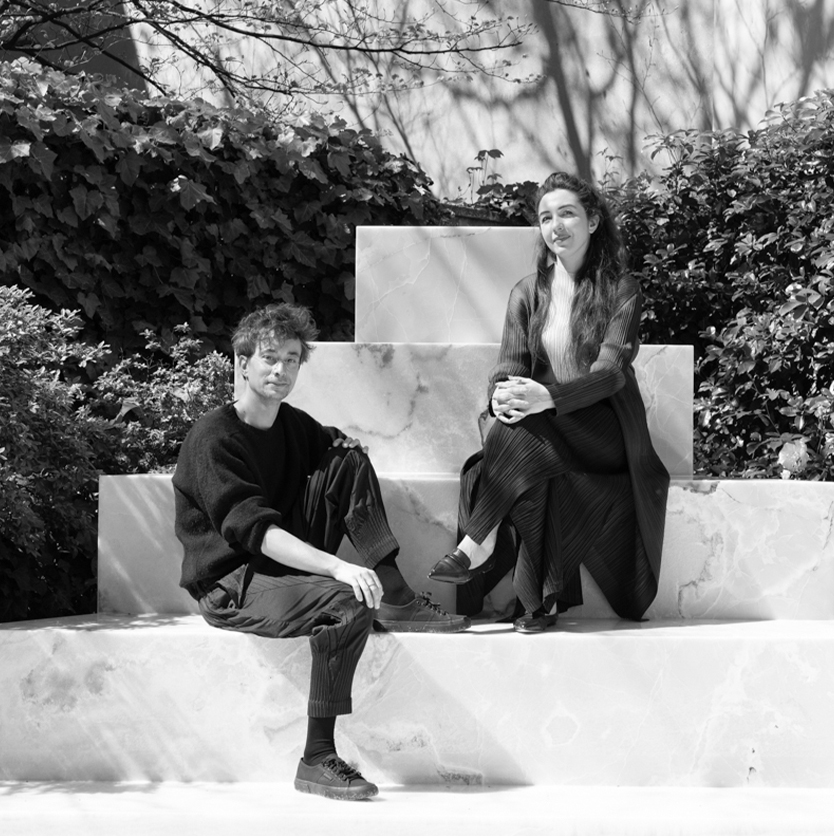
Note biografiche
Studio Ossidiana is an award-winning studio working in the area amid architecture, design and landscape, led by Giovanni Bellotti and Alessandra Covini. Poised between research and production, the Studio explores innovative approaches through buildings, materials, objects, and installations. Studio Ossidiana aims to design usable and generous spaces, materials and concepts, both to participate in a global architectural debate and to ground-thinking within the built environment, through both permanent and temporary projects. In 2018, it received the Prix de Rome, the prestigious award for architects under the age of 35. The firm’s work has been exhibited in international exhibitions, including the Venice Architecture Biennale, the Istanbul Design Biennale, the Chicago Architecture Biennale, the Rotterdam Architecture Biennale, and the Shenzhen Architecture Biennale.

